Late Summer Dream on Capri
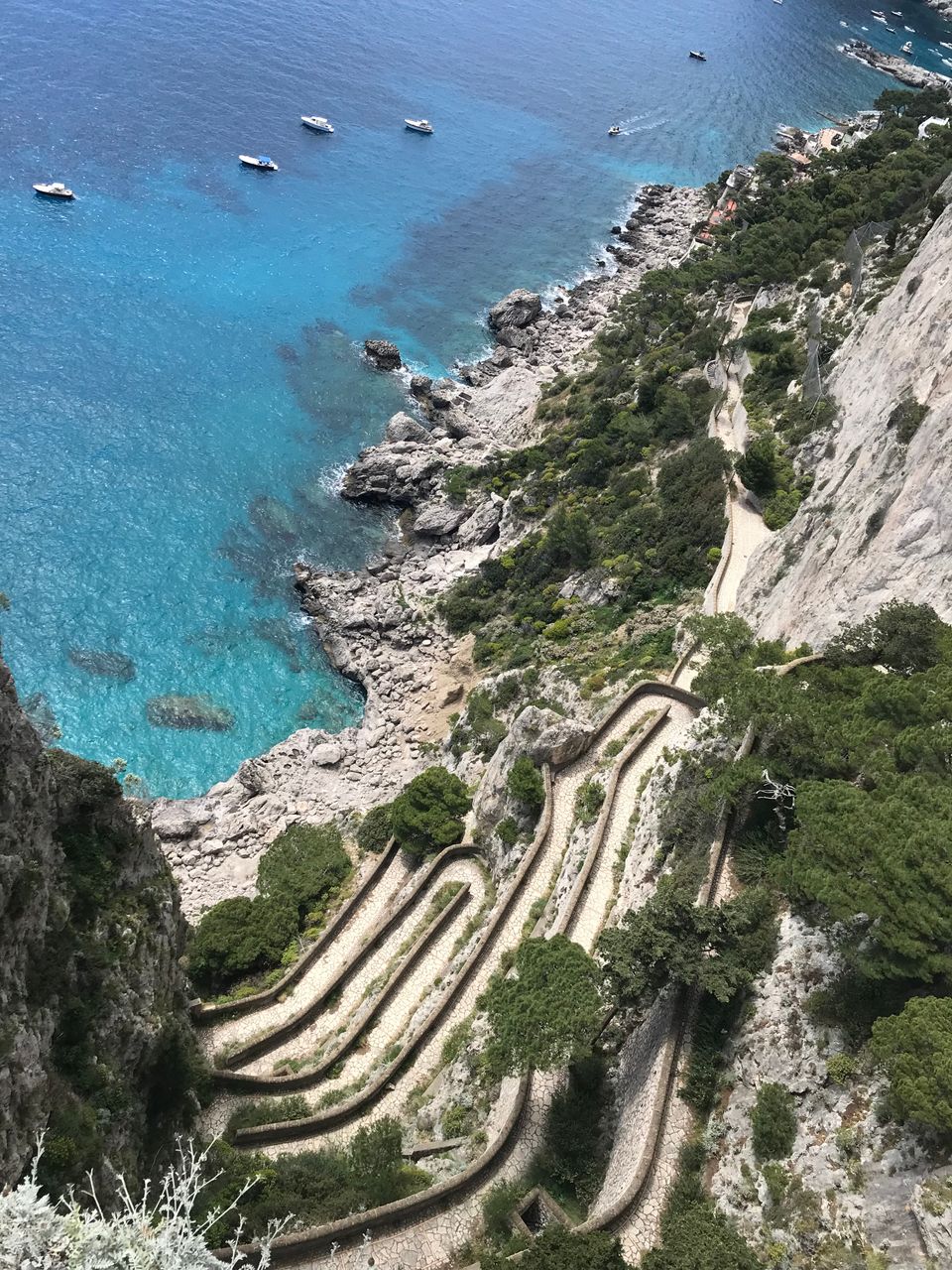
For a very long time, visiting Capri has been a dream of mine. The backstory is as follows: sometime in the mid 2000s almost everyone in my homeland religiously followed one silly telenovela. Not even the dumbed-down plot, typical of that genre, could deter us from thirstily gulping down all the beautiful landscape that the telenovela showed. Those years were challenging and with very little to cheer people up in the Balkans, however, in all earnestness, such was the atmosphere even before, and so it is even now. So imagine, what a stark contrast to everyone's daily struggle would it be to immerse themselves in the blue, endless seas, sights of relaxed, beautiful people, and into a life richer, easier, and worthier of living. The series offered insights into the world endowed with divine natural beauty, and it put you under the spell of seemingly infinite summers. We picked up some Italian for the duration of the series, but even more importantly, we all adopted a lifelong adoration of a particular island in Italy where the show was taking place. It was, of course, Capri. We may not be familiar with more important places and cities in Italy, but Capri we all know viscerally.
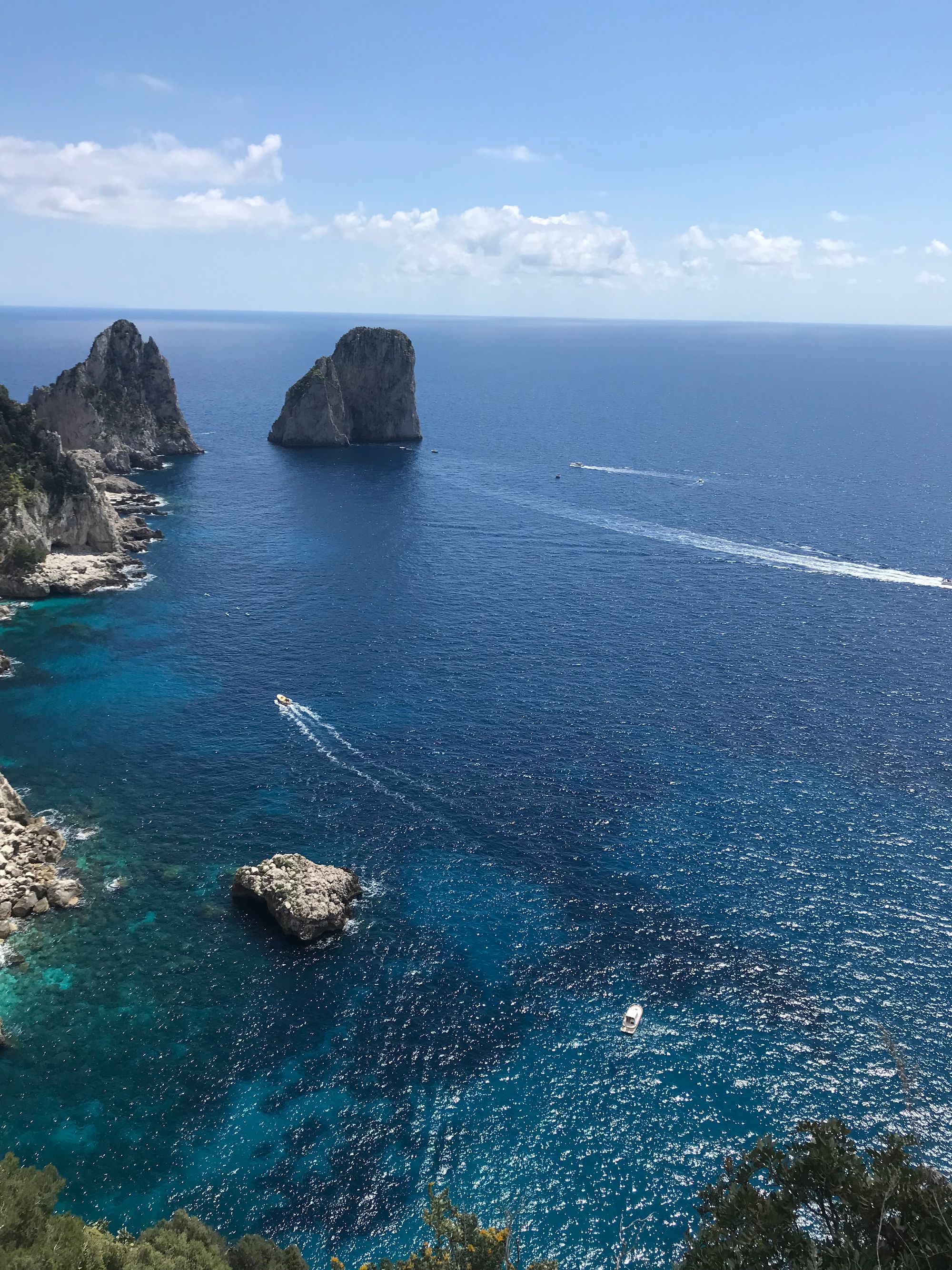
Illusion is an inevitable part of the magic of filming, and things are usually disappointing when we try to get closer to the trickery and experience our beloved movies in real life. For that matter, I would discourage anyone from visiting a Hollywood movie studio, because even the most famous ones are going to leave you depleted with how basic, minimal, and false they are. The spark of life is breathed into films far away from their actual settings, in the tiny sound and special effects rooms, I suppose. You cannot enter your favorite movie, a Chinese proverb should say. But in the case of Capri, oh yes, I could, and it was even better in real life.
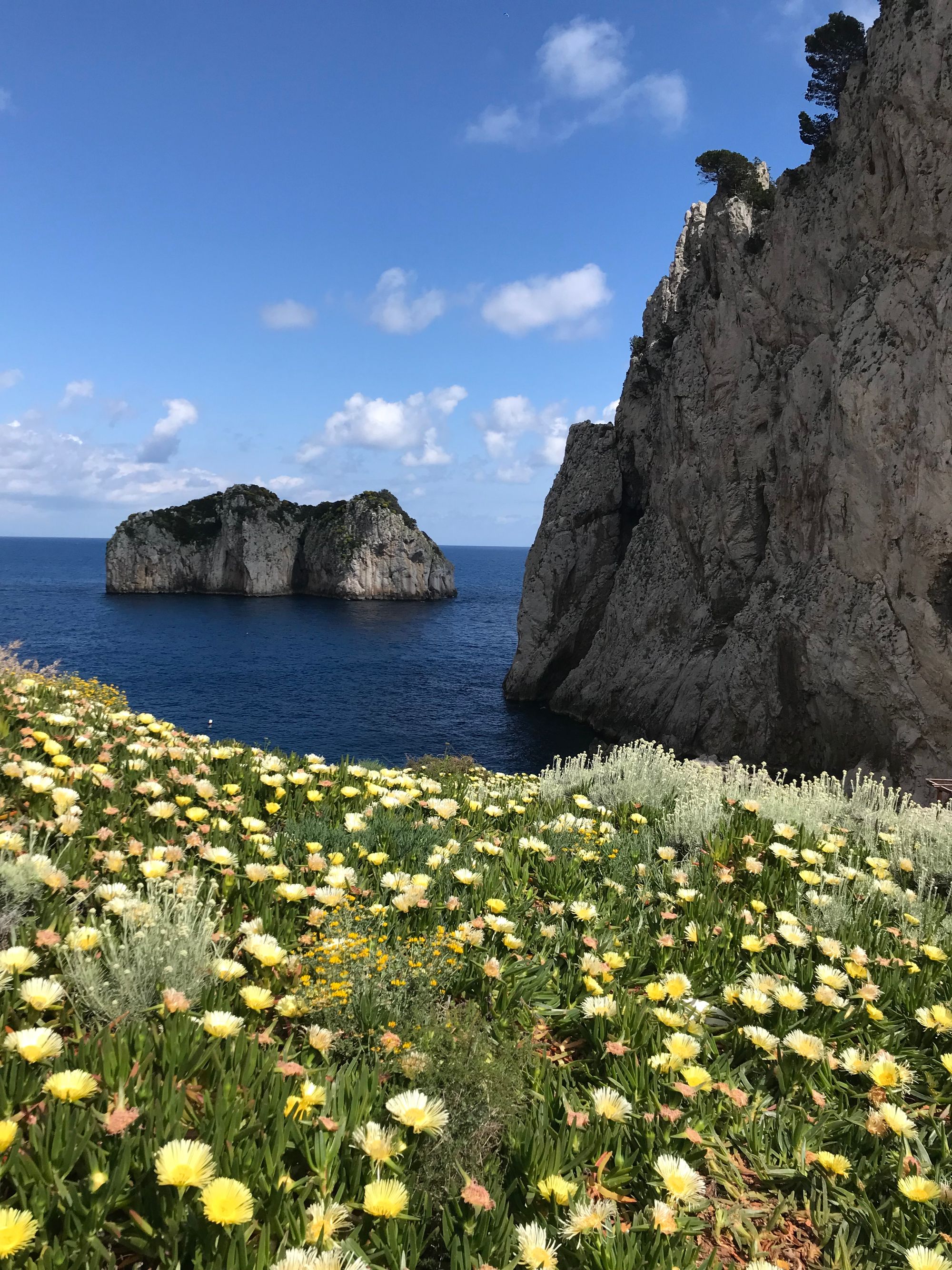
You take a super speedy boat from Sorrento, and in a flash, you arrive at the small port. There is no looking back, the harbour is a portal through which you step into a film in which you feel like a star for the time being. The small boats are lazily bobbing on the water, the mountains of fresh, brightly coloured fruits are inviting you to the port cafes, and you rub shoulders with the people who actually own and disinterestedly use Louis Vuitton luggage. The next impression is the absence of cars. There are local shuttle buses, and there is the funicular, everything else is silence and nature. Hail Mary, I say, after the traffic and chaos of the Amalfi Coast. The ease of breathing, moving, and simply being there sinks in. There is enough space because the island is rather large and wild, rocky and rugged, and no amount of infrastructure or manmade effort could ever tame it. Strangely enough, the main focus of the activity is not the marina, as one would expect. The reason for that is the historical circumstance: fierce pirate attacks forced the locals to abandon their fishing and flee to the higher, less accessible parts of the islands.
Capri is renowned as a destination for the rich and famous visitors, but the actual island is surprisingly real. On your way from the port uphill to the center of the village, you pass by the modest, disheveled homes where old couples are bickering while tending their gardens, and such authentic, normal faces you could see anywhere in the world. Capri is not only snobbery and posh jet setting, but the actual home of the islanders.
The island is immaculately clean and neat, while the air is fresh, never stiflingly clammy. The high summer in Italy can be unbearably scorching, so I realized that the annoying fact that on an island you will always need a light jacket is quite a refreshing blessing in August. Maritime pines, the absolute lords of the vegetation world on this part of the Italian coast, are even bigger and more regal on Capri. Our son calls them "broccoli trees".
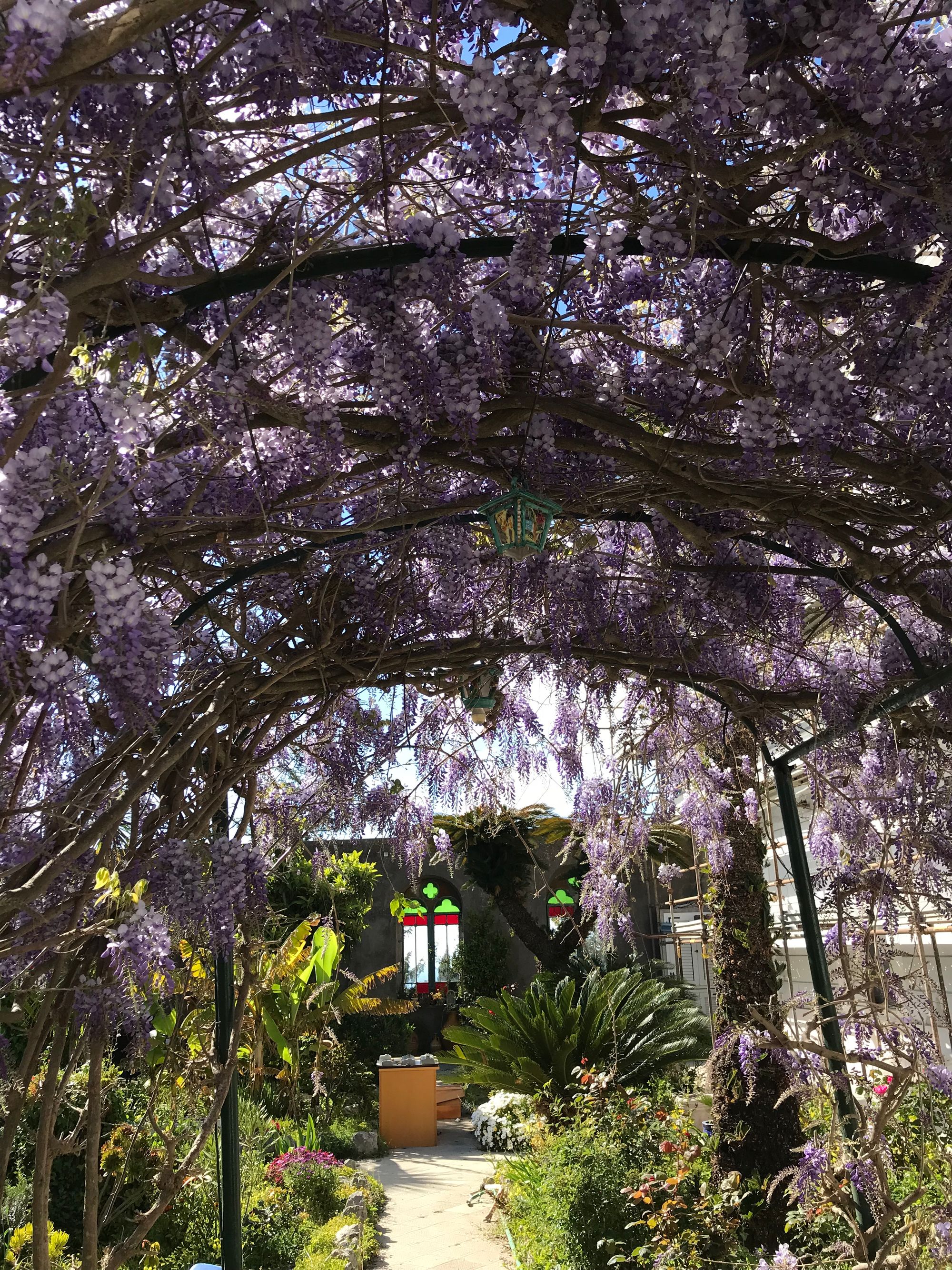
Capri was named by Greeks and Romans after "capre", the goats that used to live there in abundance. They are gone nowadays and Capri's rocks are normally filled with other kinds of climbers: swimmers and sunbathers who are resting under the iconic blue and white striped sun umbrellas. We walked to one of such beaches, from the Belvedere Tragara, down to the restaurant Luigi, and it was the most rewarding view over the Gulf of Naples. Legend has it that Roman emperor Tiberius retired to the island of Capri where he built many villas and spent the last decade of his life there, never returning to Rome.
The most iconic sights are high up there in Capri, or even more up there, in Anacapri, which is a more tranquil, more residential part of the island. It seems that history does repeat itself and that tourists are the modern-day pirates who banish the locals into the heights. We considered for a few moments whether or not to actually enter the humbly-looking church of Anacapri, and luckily, we decided to do it. Because inside, there was a monumental floor made with the maiolica tiles, depicting, in puzzle style, the biblical Garden of Eden. The Tree of Life from 1761. The awe and amazement had nothing to do with religious elation, but with the sheer appreciation of the artistry, craft, and detail-orientedness of the masters. The stars above the tree were what floored me.
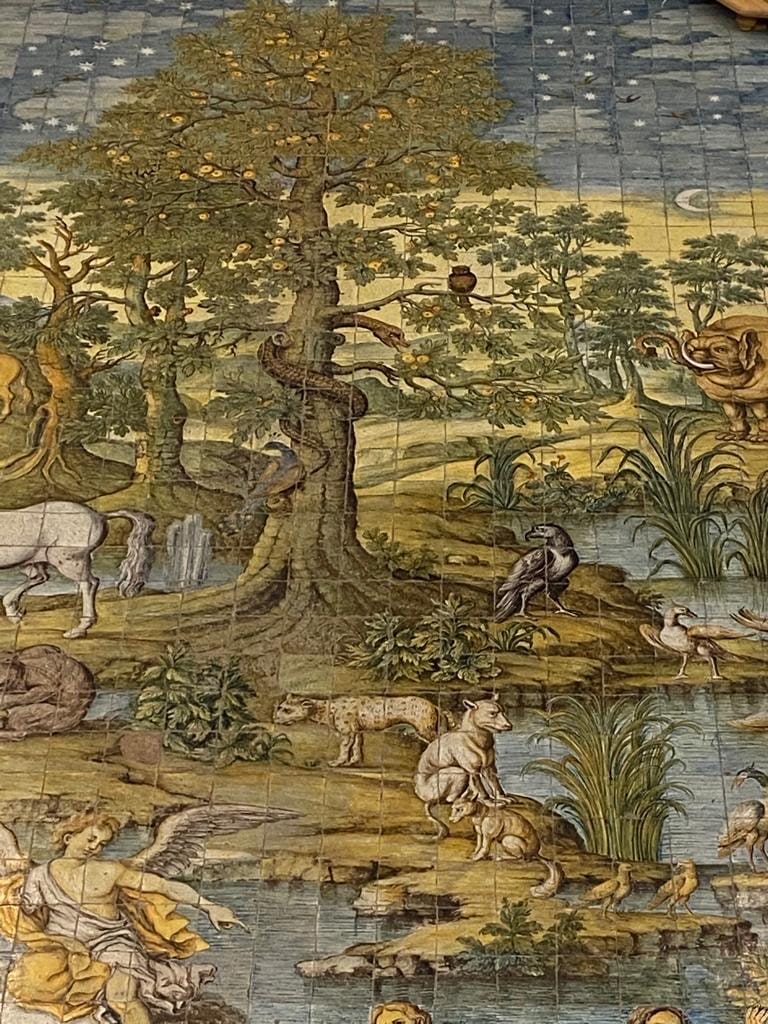
Of luxury shops and 5-star Micheline restaurants, I can't say much. They are conspicuously present but irrelevant to my experience of Capri. Capri is all in its natural beauty, in Via Krupp, which is everyone's first association of Capri. It is in its three magnificent rocks called Faraglioni, or individually: Stella, Scopolo, and Faraglione di Mezzo. An unmissable thing is surely one Gelateria where they make the waffle cone on the spot, and you get the rare thrill of eating high-quality ice cream inside a warm, freshly made, crispy waffle. If you find this frieze underneath, you will find the gelateria too. Now off you go on a treasure hunt!
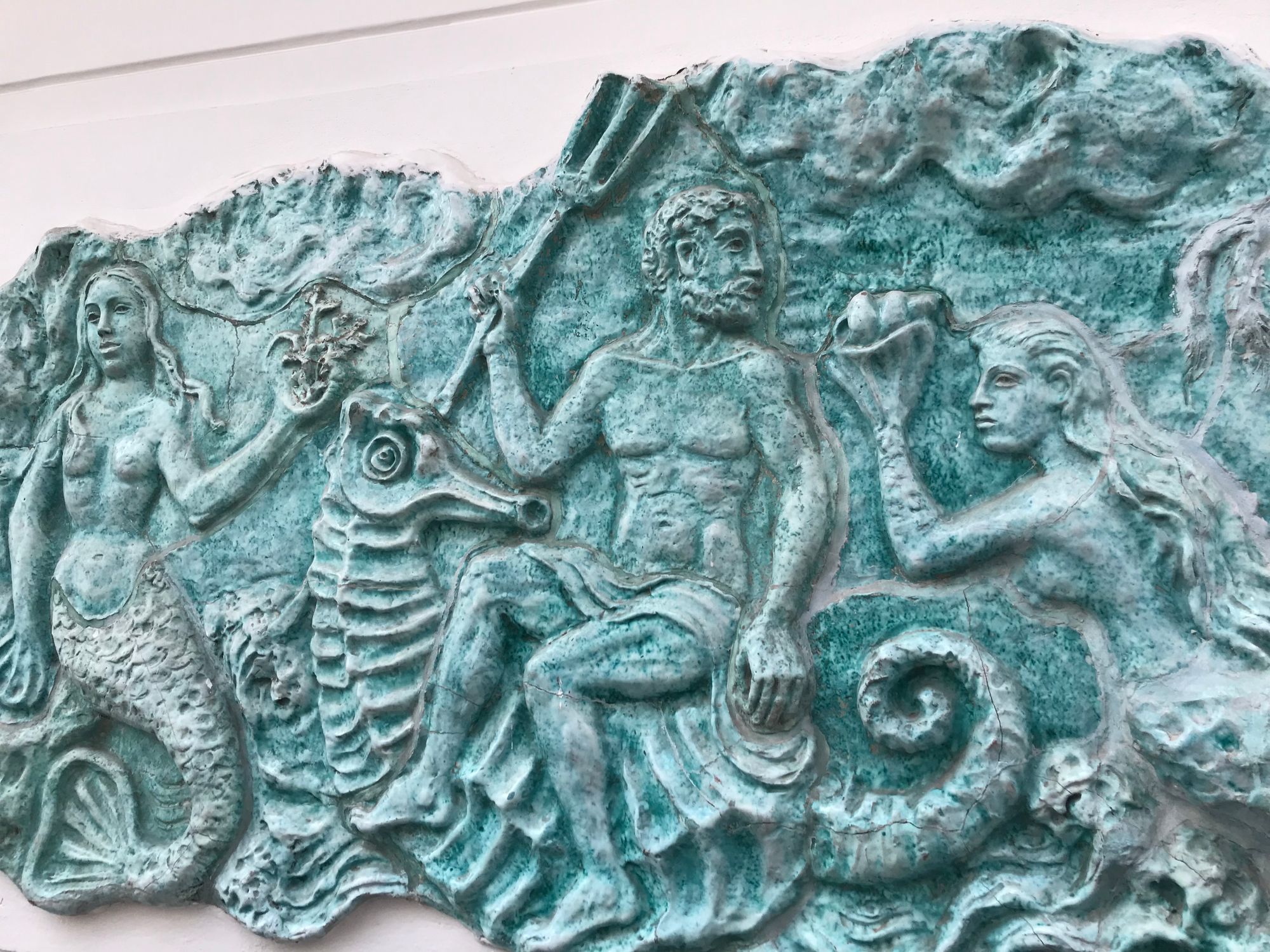
To go back to the beginning, the celluloid dream of Capri turned out to be so much more vivid, special, and personal than any camera could capture. TV dreams are not cheap or pointless. They are often inspired by real pockets of the world resembling the heavenly gardens, and I will always keep on dreaming and searching for them. Moments spent there invest our lives with meaning, hope, and unforgettable images living forever behind our eyelids. A golden day, late summer on Capri.